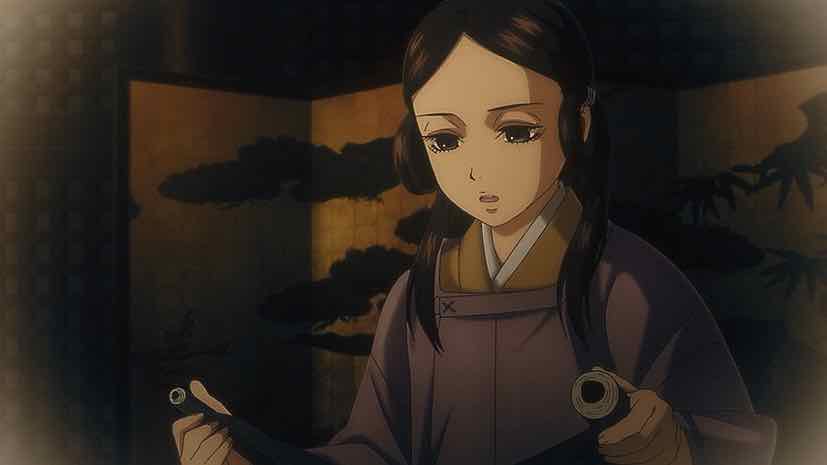 Looking at the whole picture, Karasu wa Aruji o Erabanai is probably the best series of the season to this point. It’s still a bit too explain-y at times (FFS show, don’t tell – trust us, we’ll figure it out). But apart from that, this show pretty much covers all the fantasy bases. Great soundtrack (including OP and ED), compelling characters, fascinating premise and elite world-building. One could sense something about this series, a grandness and literary ambition that anime doesn’t display all that often. Yatagarasu has a long way to go yet and many pitfalls to avoid on the way, but early returns are extremely promising indeed.
Looking at the whole picture, Karasu wa Aruji o Erabanai is probably the best series of the season to this point. It’s still a bit too explain-y at times (FFS show, don’t tell – trust us, we’ll figure it out). But apart from that, this show pretty much covers all the fantasy bases. Great soundtrack (including OP and ED), compelling characters, fascinating premise and elite world-building. One could sense something about this series, a grandness and literary ambition that anime doesn’t display all that often. Yatagarasu has a long way to go yet and many pitfalls to avoid on the way, but early returns are extremely promising indeed.
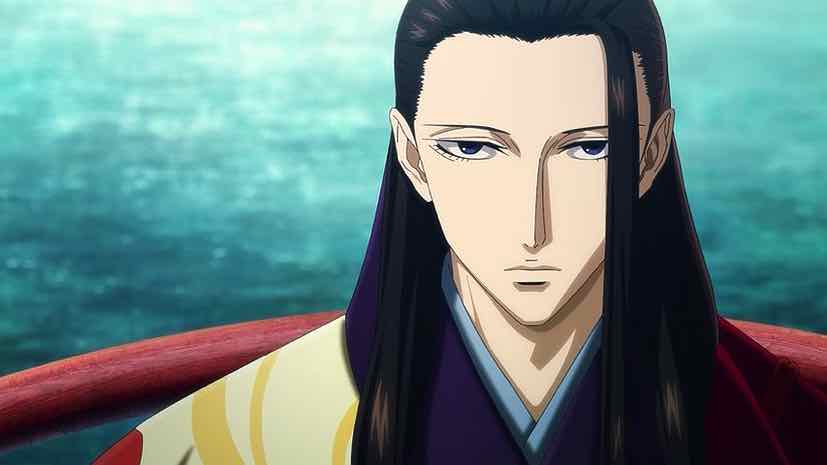 At the core of all this are two characters and the very fine seiyuu behind them. Wakamiya (the Crown Prince’s actual name) is a bit of a departure for Irino Miyu. He’s terse, devious, rather joyless in his manner. But Irino is one of the best ever and this is no problem for him. As Yukiya, Tamura Mutsumi is very much in her comfort zone – few women play boys this age as effortlessly as she does. Yukiya is the crucial role here – it’s effectively his eyes through which we see these events. He’s a child at the cusp of becoming something more – too smart for his own good in the way clever boys this age often are. Smart enough to know a great many things, not smart enough to realize there are a great many more he doesn’t.
At the core of all this are two characters and the very fine seiyuu behind them. Wakamiya (the Crown Prince’s actual name) is a bit of a departure for Irino Miyu. He’s terse, devious, rather joyless in his manner. But Irino is one of the best ever and this is no problem for him. As Yukiya, Tamura Mutsumi is very much in her comfort zone – few women play boys this age as effortlessly as she does. Yukiya is the crucial role here – it’s effectively his eyes through which we see these events. He’s a child at the cusp of becoming something more – too smart for his own good in the way clever boys this age often are. Smart enough to know a great many things, not smart enough to realize there are a great many more he doesn’t.
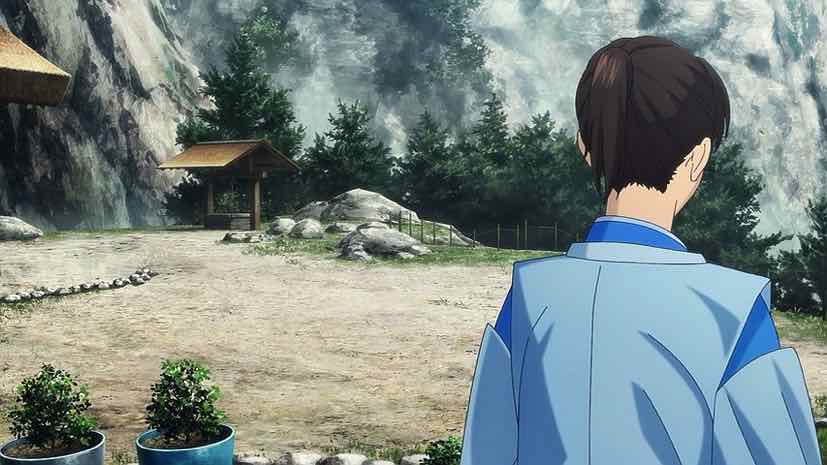 That knowledge will come in time – that’s the nature of experience. But only if Yukiya survives long enough, and in this setting that’s no sure thing. Wakamiya immediately puts him through the wringer, giving the lad a laundry list of assignments seemingly impossible for him to complete in a day (even with wings). Partly this is a test to be sure – to confirm what the Prince already suspects about him, surely, that he doesn’t give up easily. But also whether Yukiya’s cleverness extends to the practical, such as prioritizing the myriad chores he’s been tasked with. One wonders whether that business with different colored pots was merely part of the test (though it’s hinted that there was a legitimate reason behind it).
That knowledge will come in time – that’s the nature of experience. But only if Yukiya survives long enough, and in this setting that’s no sure thing. Wakamiya immediately puts him through the wringer, giving the lad a laundry list of assignments seemingly impossible for him to complete in a day (even with wings). Partly this is a test to be sure – to confirm what the Prince already suspects about him, surely, that he doesn’t give up easily. But also whether Yukiya’s cleverness extends to the practical, such as prioritizing the myriad chores he’s been tasked with. One wonders whether that business with different colored pots was merely part of the test (though it’s hinted that there was a legitimate reason behind it).
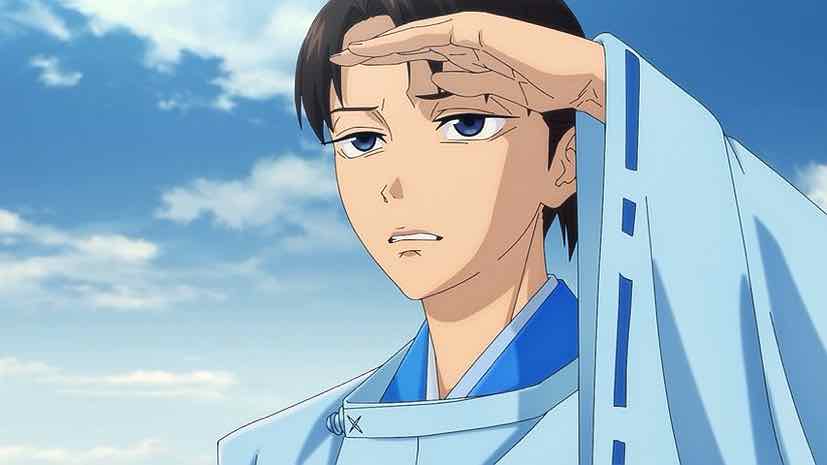 The Prince is a tough one to get a read on, but it’s obvious that he’s not naive to the forces arrayed against him. He refuses to go to the Cherry Blossom Palace and meet with his prospective consorts, and frequents the pleasure quarter. But he has good reason for this, if his sources are correct – there’s apparently an assassin in the palace waiting for the chance to take him down. The Empress is obviously plotting against him, and it’s worth remembering that it was her son (the elder prince) who suggested – for reasons yet unknown, though I won’t rule out that Natsuka secretly supports his brother – that Yukiya go into Wakamiya’s service.
The Prince is a tough one to get a read on, but it’s obvious that he’s not naive to the forces arrayed against him. He refuses to go to the Cherry Blossom Palace and meet with his prospective consorts, and frequents the pleasure quarter. But he has good reason for this, if his sources are correct – there’s apparently an assassin in the palace waiting for the chance to take him down. The Empress is obviously plotting against him, and it’s worth remembering that it was her son (the elder prince) who suggested – for reasons yet unknown, though I won’t rule out that Natsuka secretly supports his brother – that Yukiya go into Wakamiya’s service.
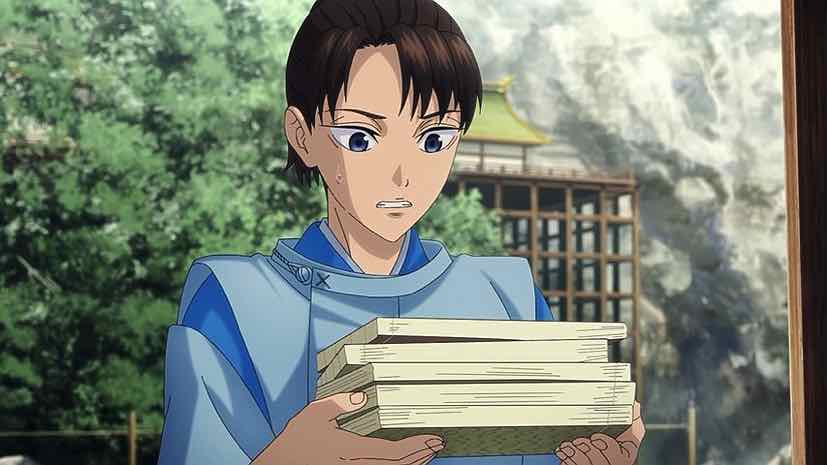 All this business about a “true Kin’u” and what it represents is certainly central to the plot. It seems likely that Wakamiya is indeed a true Golden Raven and that the birth of one is rare, but it’s less clear whether the rumors about a Kin’u being a harbinger of ill developments is rooted in history or propaganda. It doesn’t take much imagination to see the benefit in spreading such legends, both for the Natsuka fashion now and for power-seekers in the past. A full-on struggle for the throne seems to be developing here, and by appearances Wakamiya is genuinely determined to claim what he sees as rightfully his.
All this business about a “true Kin’u” and what it represents is certainly central to the plot. It seems likely that Wakamiya is indeed a true Golden Raven and that the birth of one is rare, but it’s less clear whether the rumors about a Kin’u being a harbinger of ill developments is rooted in history or propaganda. It doesn’t take much imagination to see the benefit in spreading such legends, both for the Natsuka fashion now and for power-seekers in the past. A full-on struggle for the throne seems to be developing here, and by appearances Wakamiya is genuinely determined to claim what he sees as rightfully his.
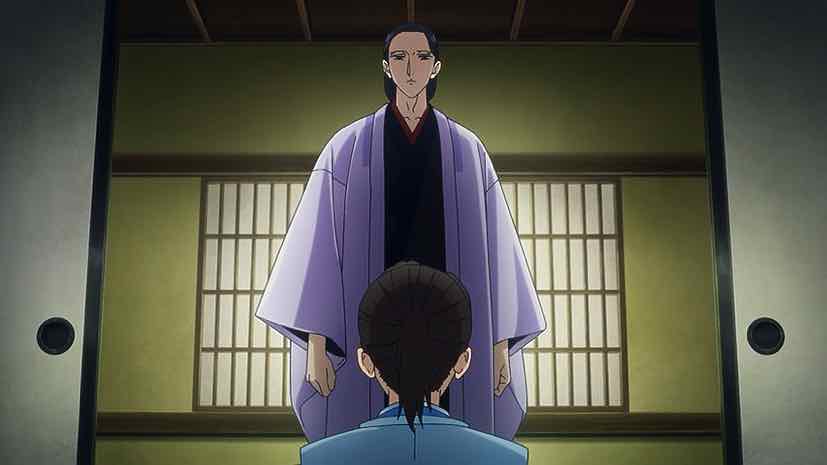 Yukiya manages to survive the initial onslaught of labor Wakamiya dumps on him, but the Prince seems determined to get him killed anyway. He drags the boy along on a spying mission to the Sakura Palace to try and determine whose intentions are hostile. But the reason why becomes clear soon enough, as Wakamiya sacrifices his pawn as soon as things go awry. Asebi steps in calling for restraint when it seems as if the palace guards are going to drown Yukiya, but all present are shocked when he transforms in front of the noble ladies. That, it seems, is something they’re never supposed to see – for reasons that will become clear shortly. Sumio was standing by to save him if things got really bad, he claims, but this still represents quite a baptism by fire for the young yatagarasu.
Yukiya manages to survive the initial onslaught of labor Wakamiya dumps on him, but the Prince seems determined to get him killed anyway. He drags the boy along on a spying mission to the Sakura Palace to try and determine whose intentions are hostile. But the reason why becomes clear soon enough, as Wakamiya sacrifices his pawn as soon as things go awry. Asebi steps in calling for restraint when it seems as if the palace guards are going to drown Yukiya, but all present are shocked when he transforms in front of the noble ladies. That, it seems, is something they’re never supposed to see – for reasons that will become clear shortly. Sumio was standing by to save him if things got really bad, he claims, but this still represents quite a baptism by fire for the young yatagarasu.
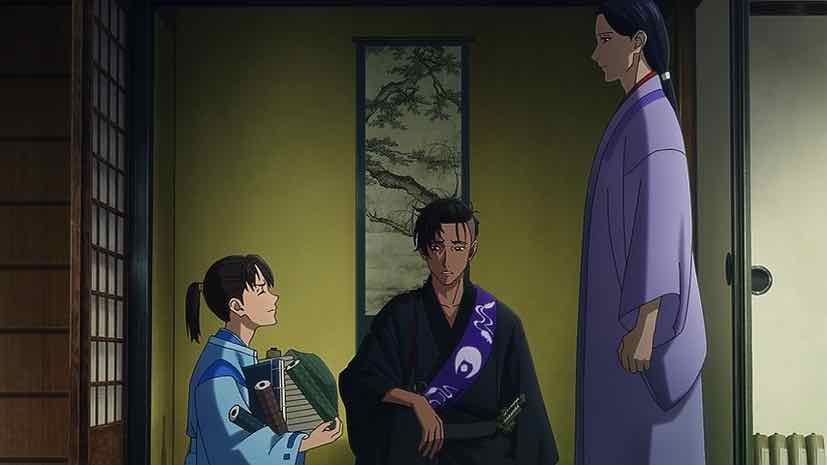 There’s a lot to unpack here. This revelation about the “horses” being poor yatagarasu effectively sold into slavery is a real game-changer, in my opinion. It may very well cast Wakamiya in the eventual role of social reformer (and thus explain the hostility towards him), though that’s conjecture at this point. I’d also note that it was the first time Asebi has seen Yukiya, and that they’re about the same age – notable as she seems to be the main focus of the B-plot, and is awfully young for the Crown Prince (though in reality that would not be unusual). It’s a setup veritably overflowing with narrative possibility, and there’s nothing to suggest that both the source material and the adaptation are anything less than full capable of realizing it.
There’s a lot to unpack here. This revelation about the “horses” being poor yatagarasu effectively sold into slavery is a real game-changer, in my opinion. It may very well cast Wakamiya in the eventual role of social reformer (and thus explain the hostility towards him), though that’s conjecture at this point. I’d also note that it was the first time Asebi has seen Yukiya, and that they’re about the same age – notable as she seems to be the main focus of the B-plot, and is awfully young for the Crown Prince (though in reality that would not be unusual). It’s a setup veritably overflowing with narrative possibility, and there’s nothing to suggest that both the source material and the adaptation are anything less than full capable of realizing it.


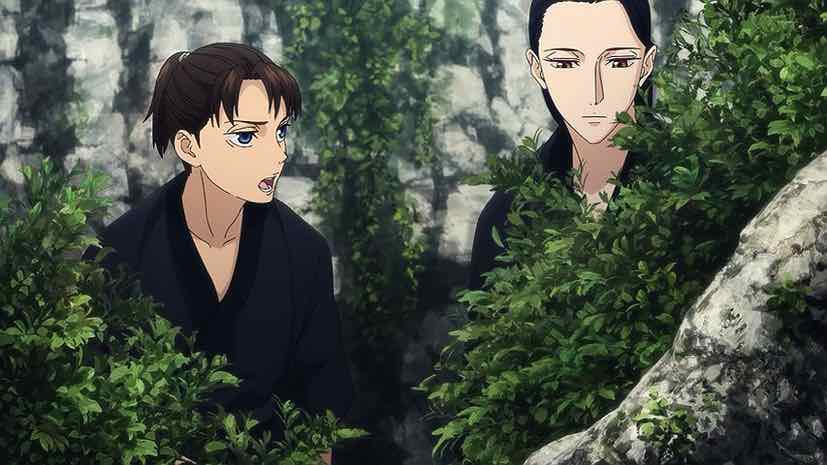
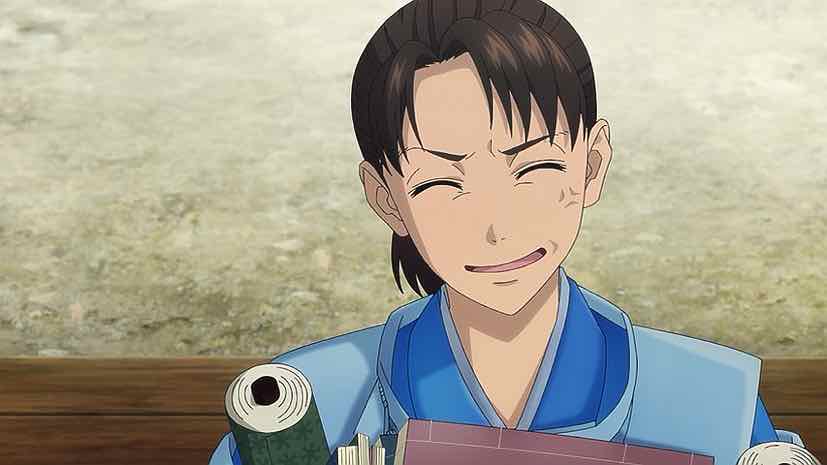
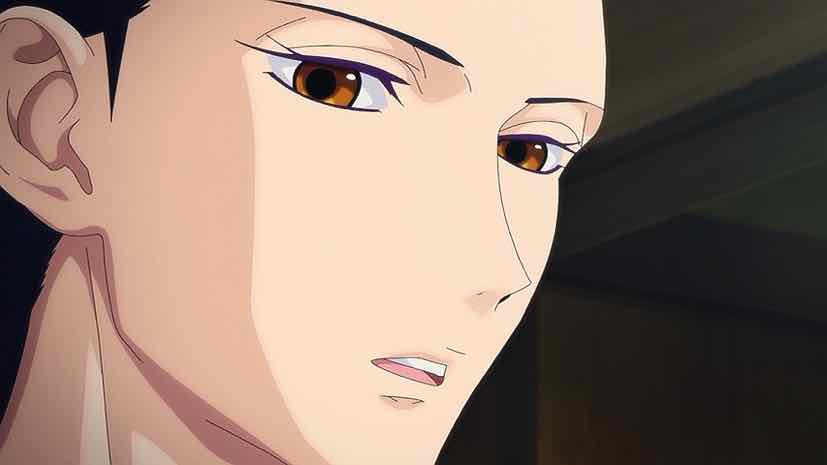
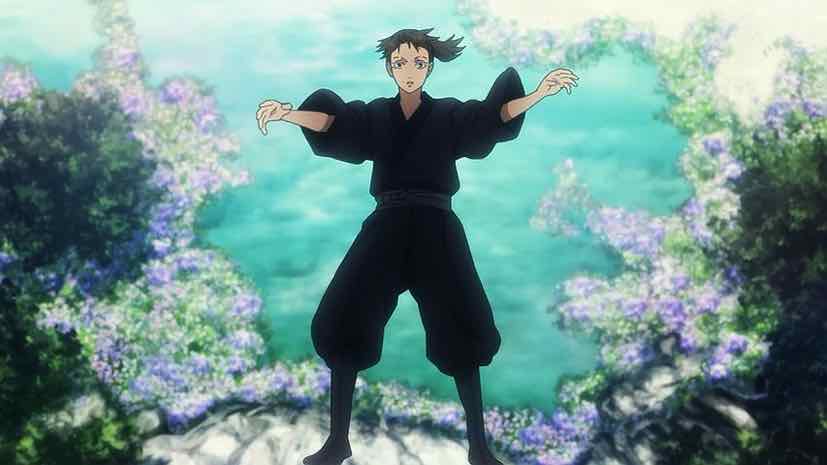

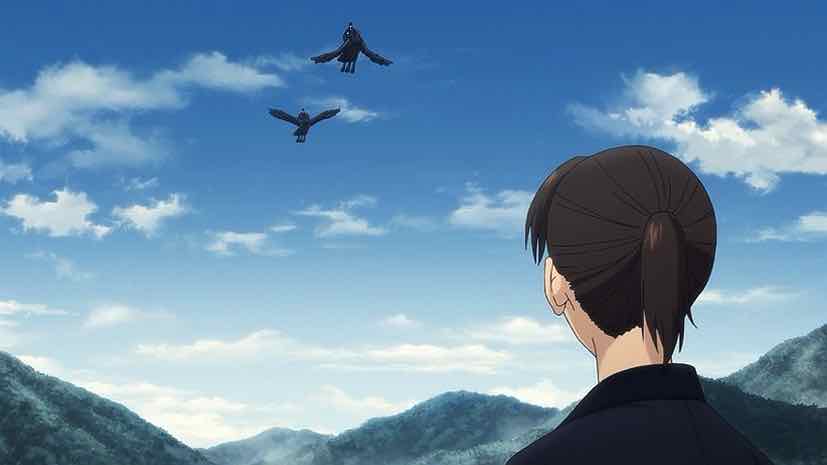
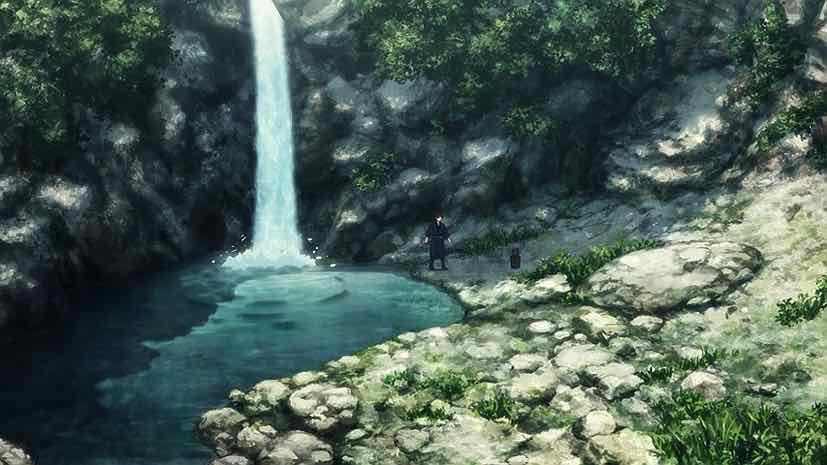

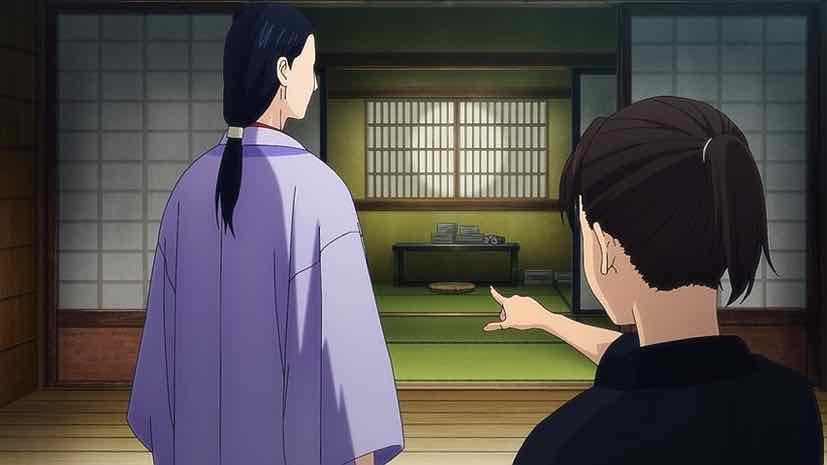


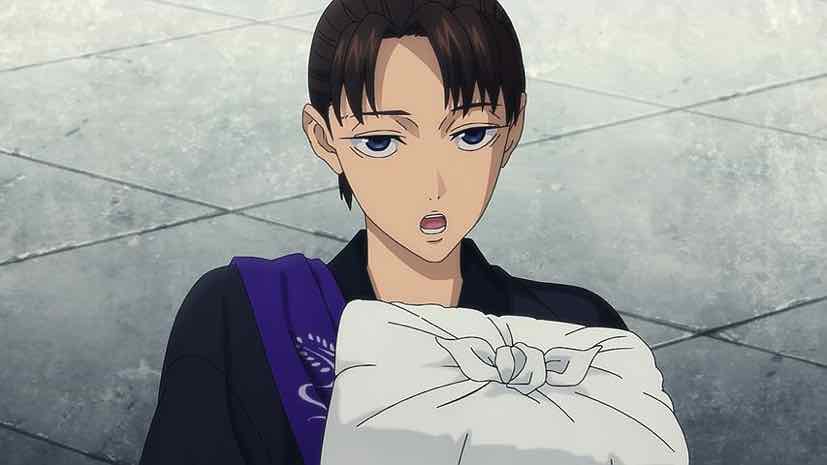


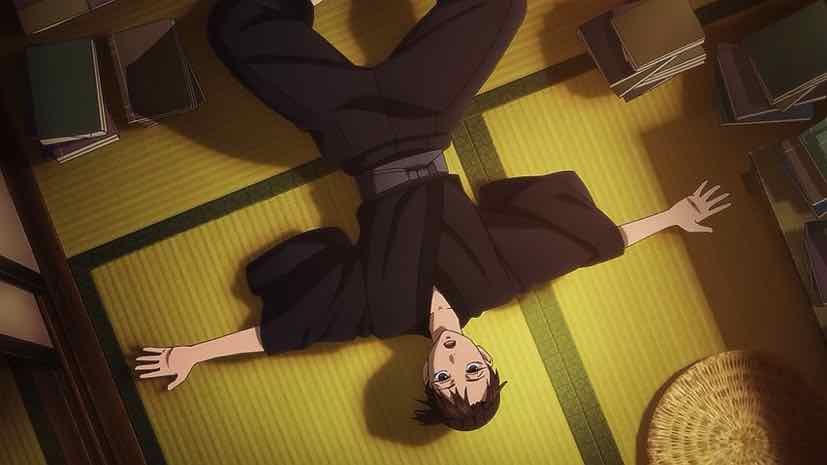
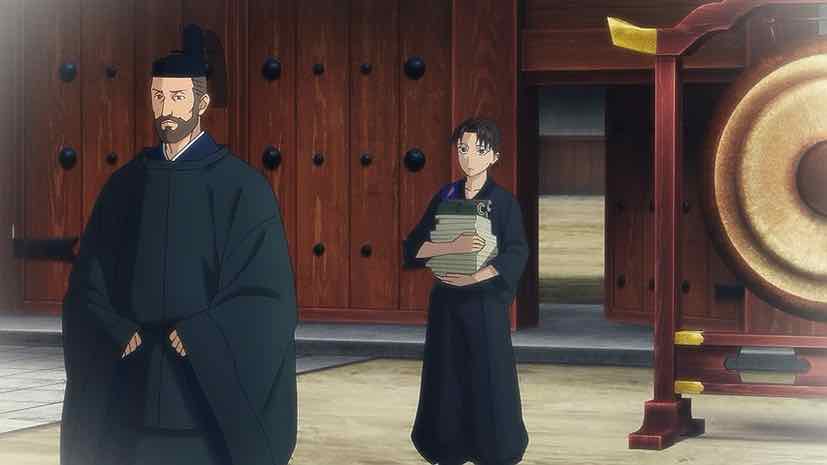
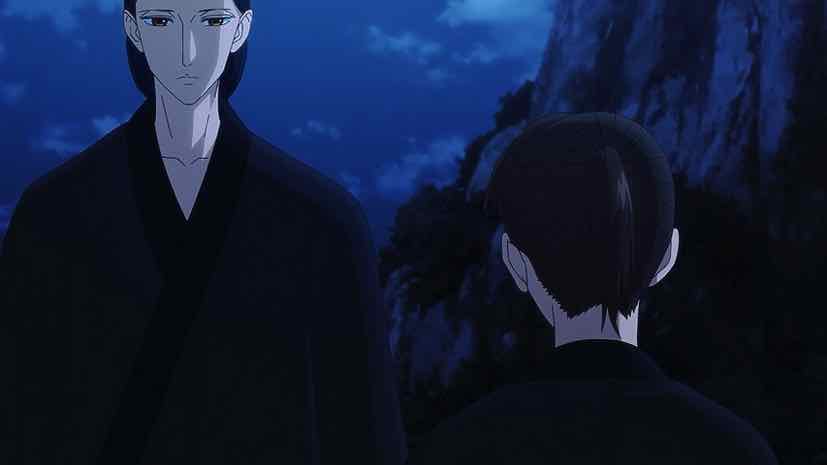
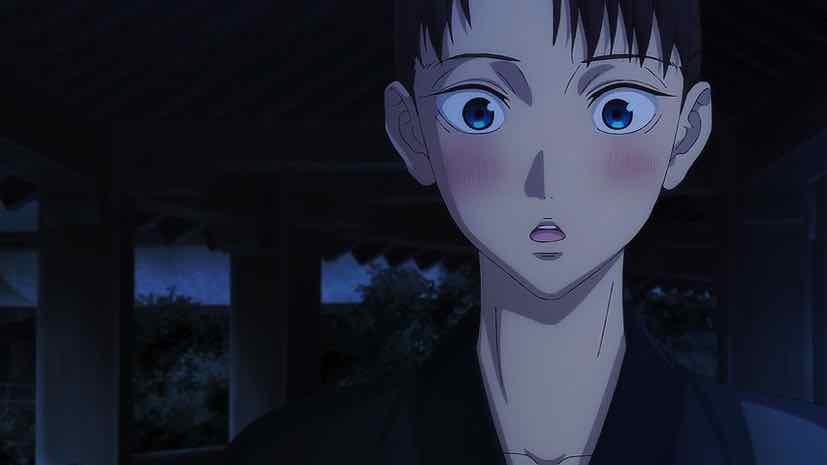
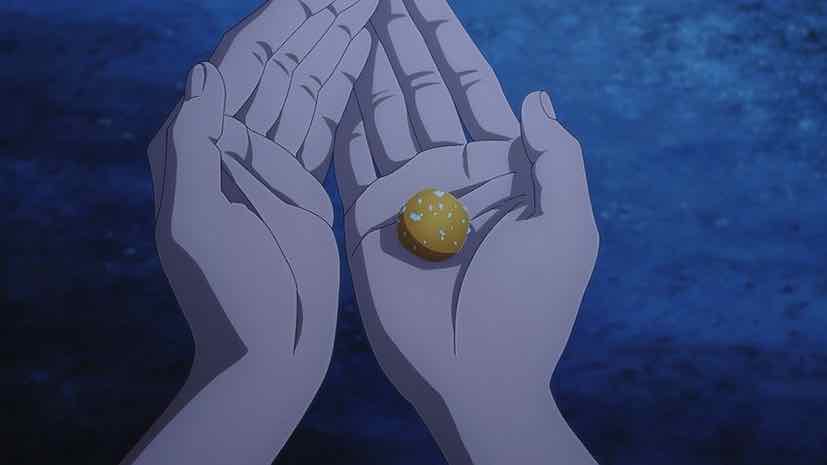


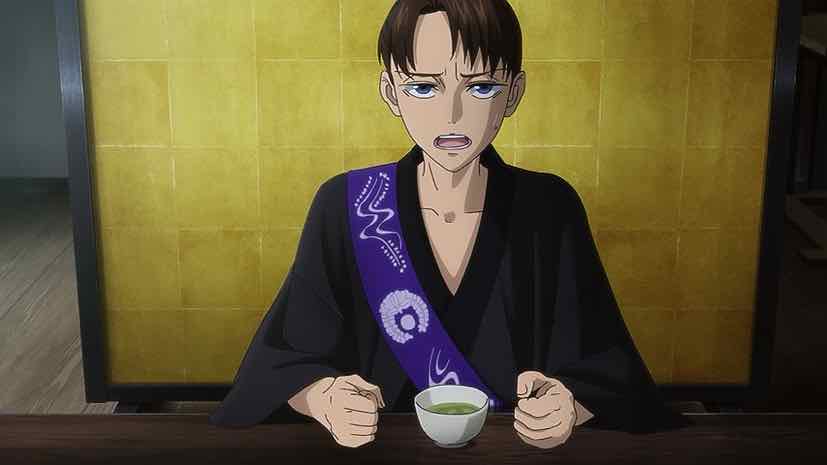

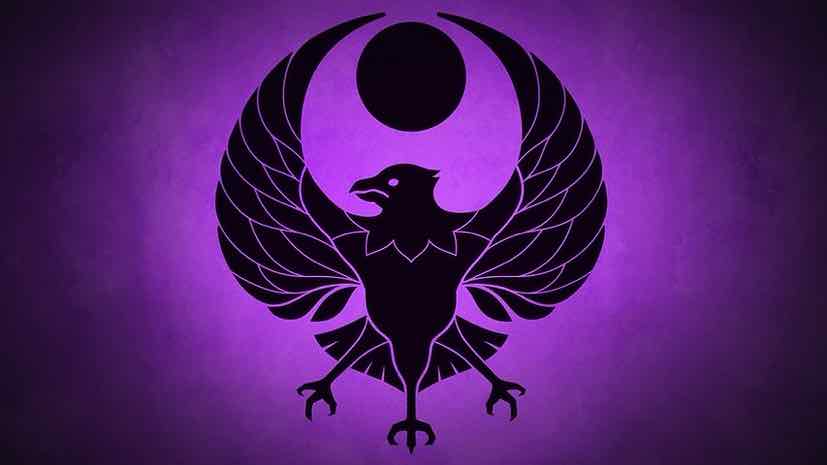
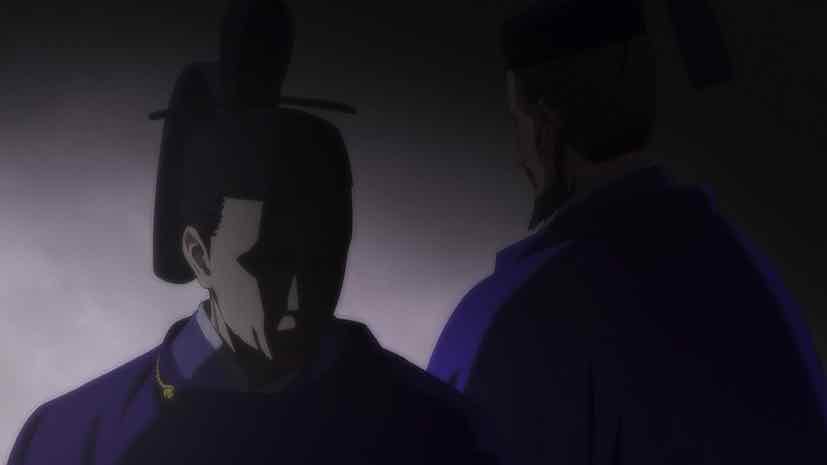

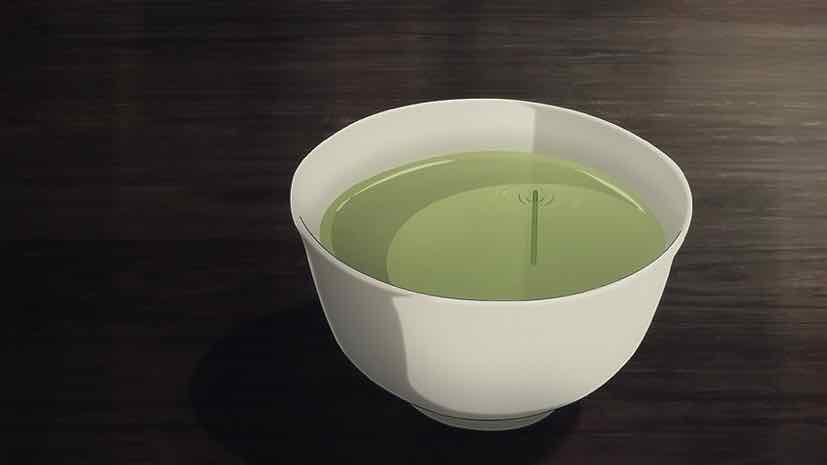
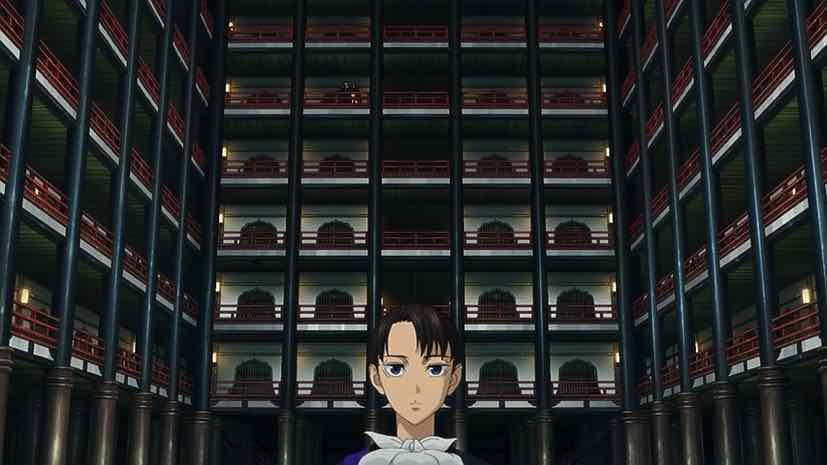

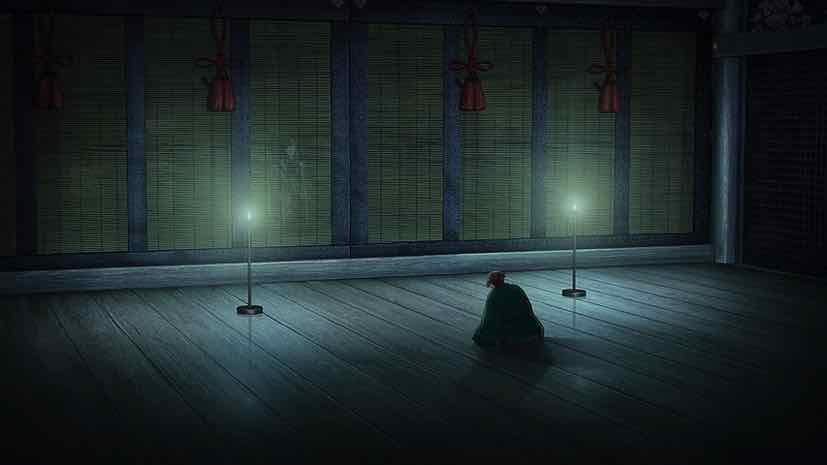
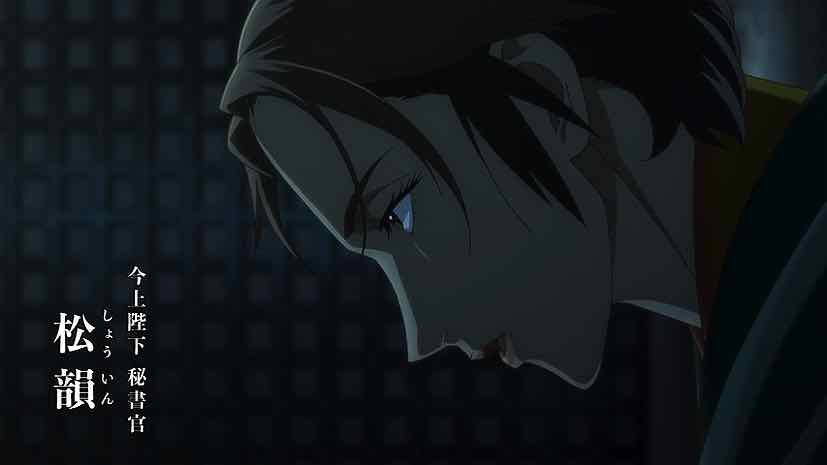
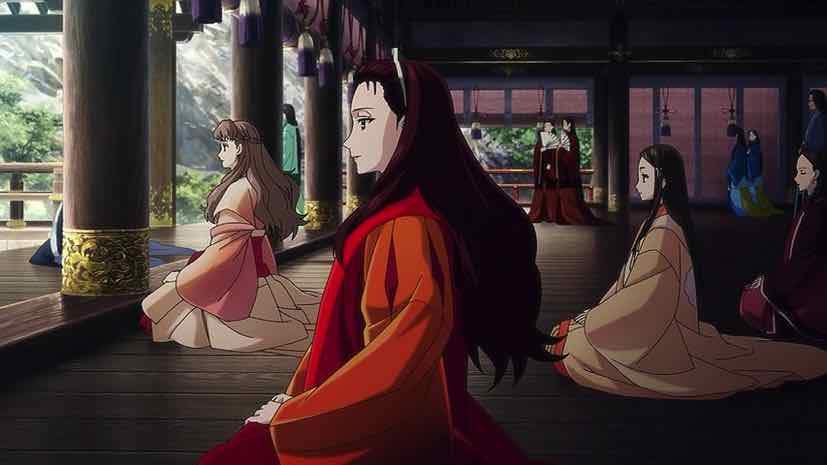
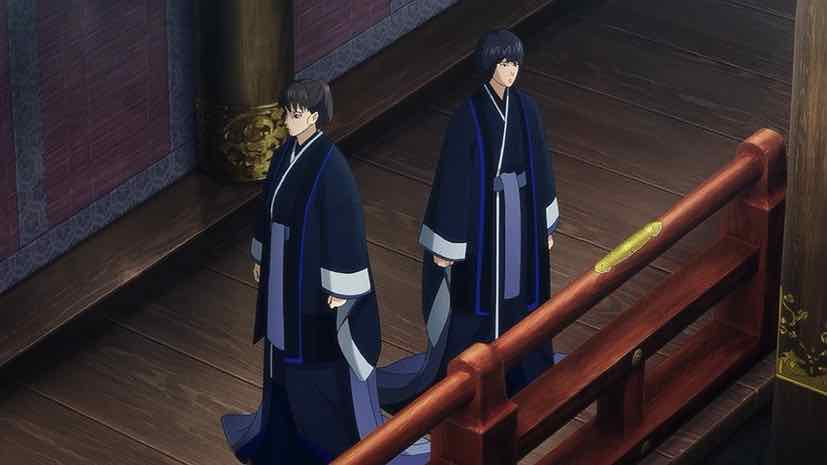


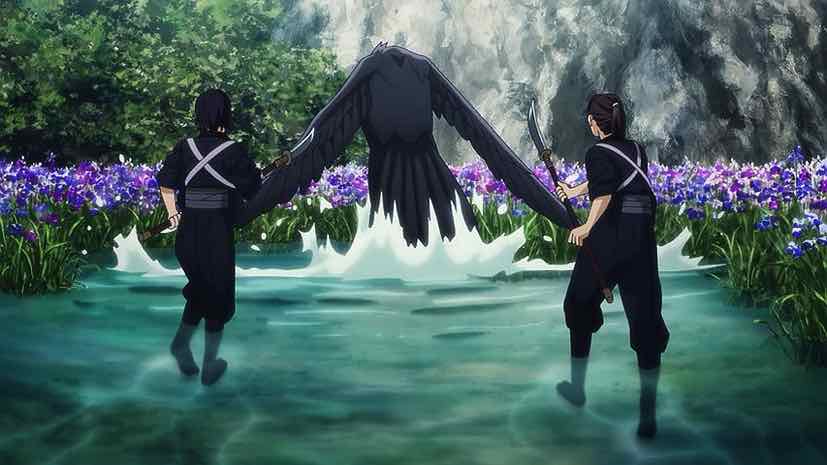
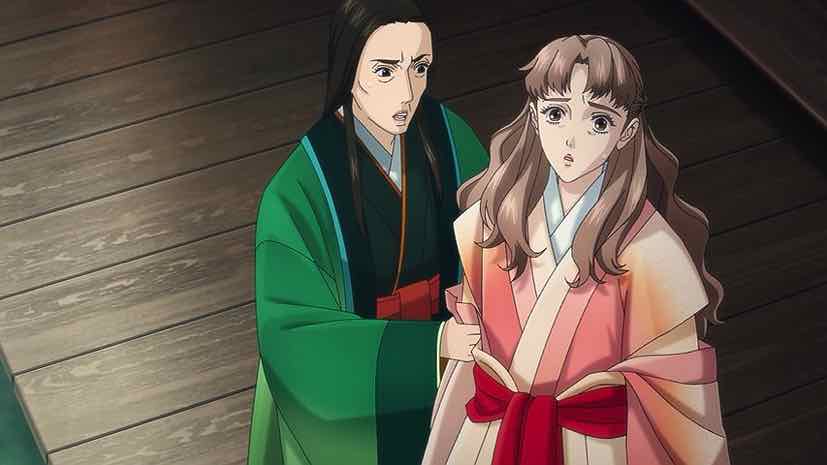
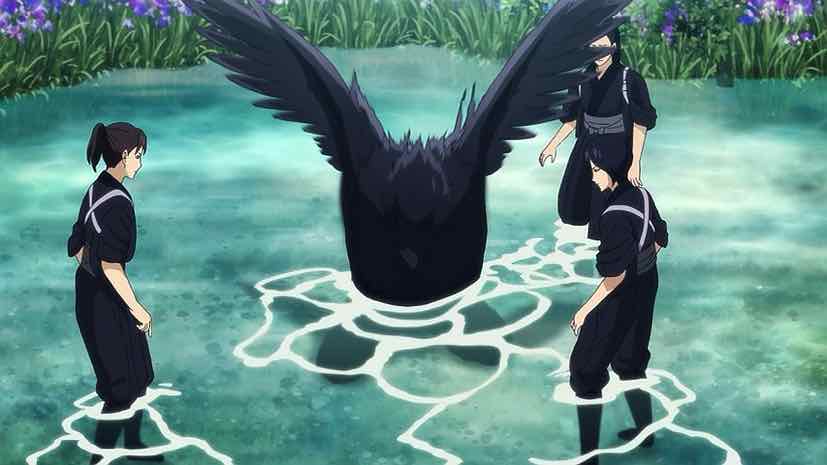
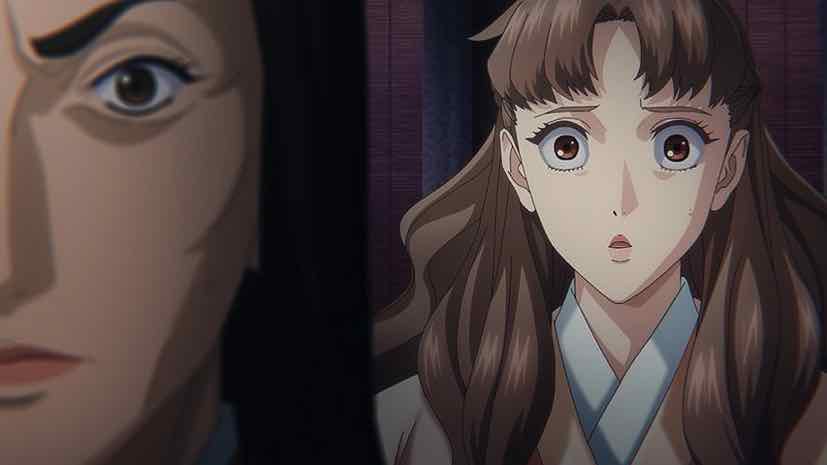
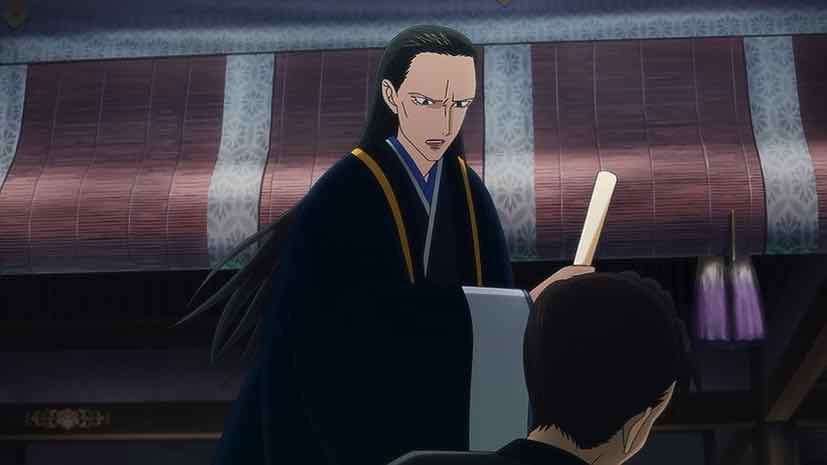

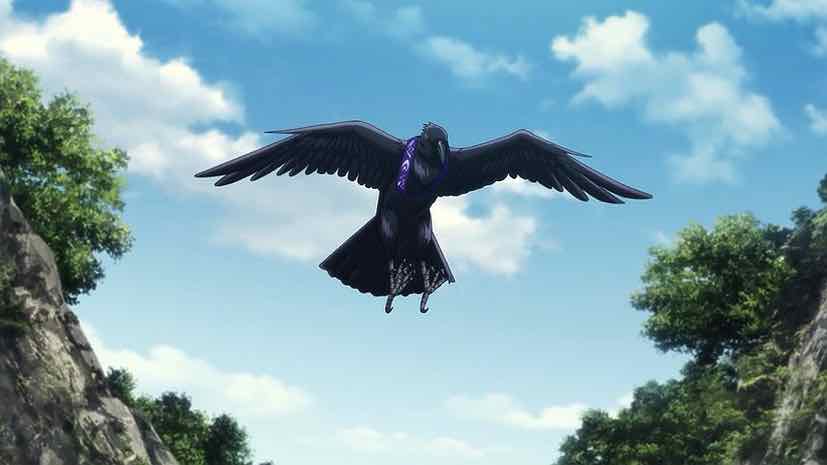

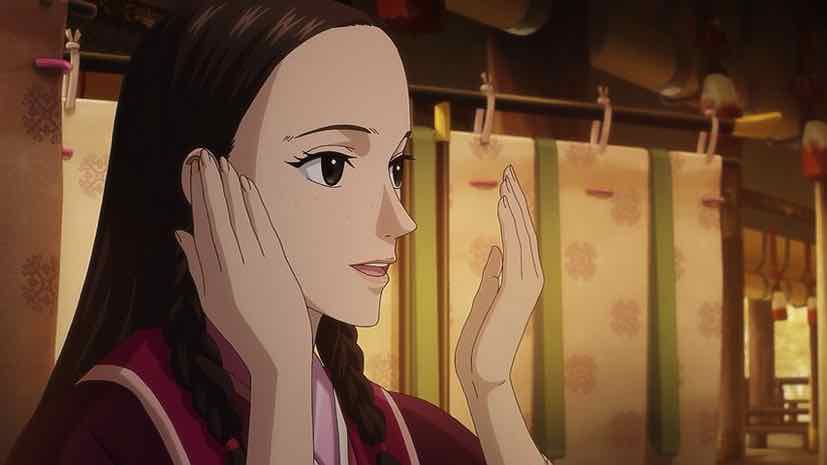
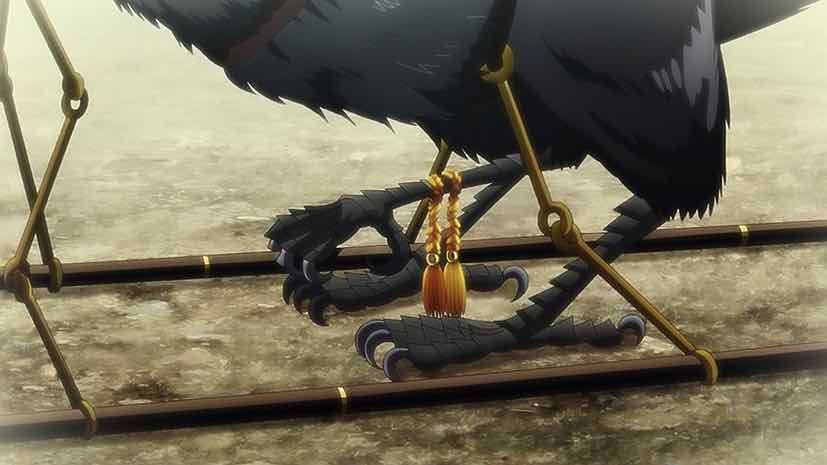
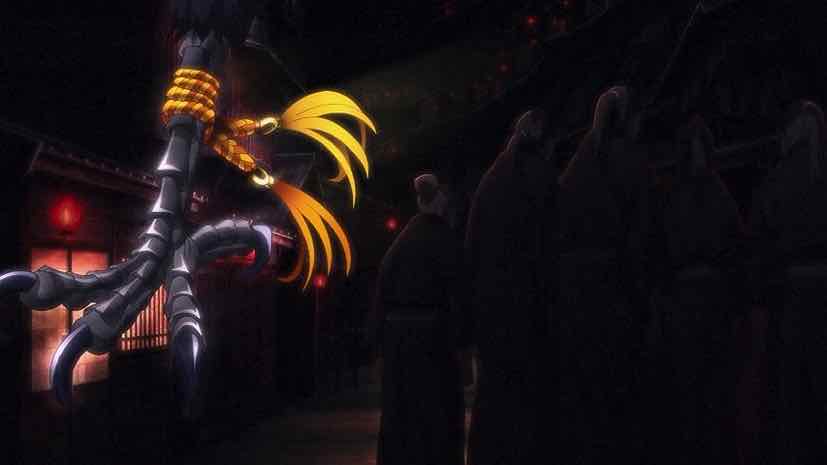

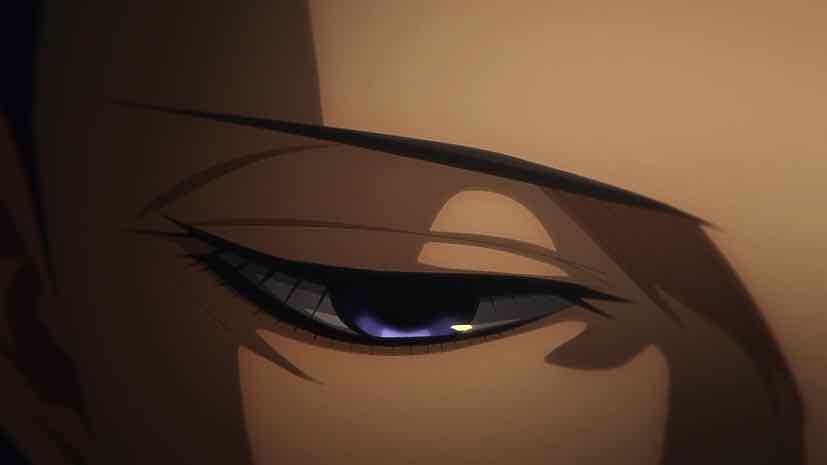
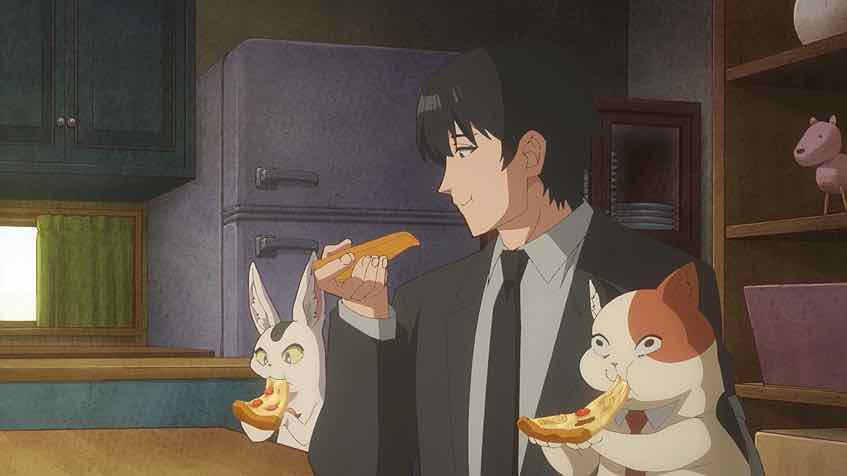
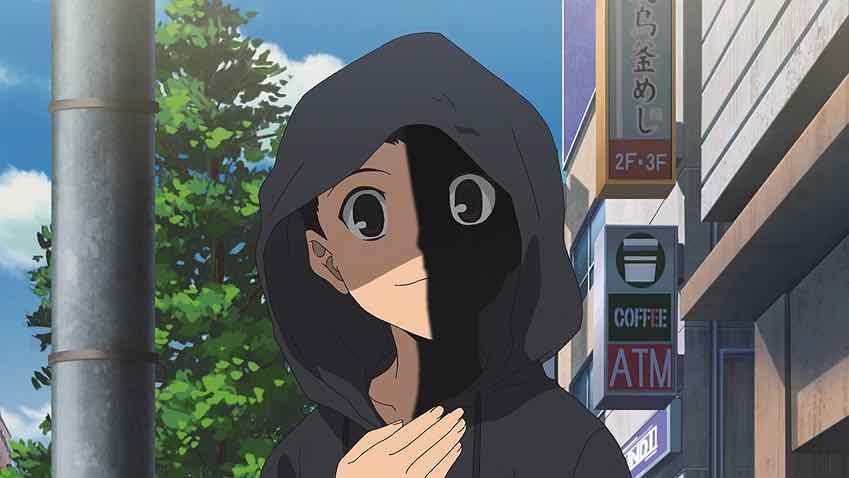
Vance
April 21, 2024 at 4:40 pmI’m also of the mind that it’s propaganda that a true Kin’u is a harbinger of ill developments. I believe this was spread to supplant the authority of the Kin’u after it passed.
Nadavu
April 22, 2024 at 8:51 pmI did find it odd in episode 2 that people who can transform into giant ravens at will use giant ravens to fly around. The Asebi nickname now also takes additional meaning.
One thing that bothered me, though. When Yukiya falls into the pond, he is already in his raven form and it’s the women-guard members who transform to ravens in front of the the high-ladies to chase him. Then when they bring him back down they shapeshift again back into their human forms. So why is it only Yukiya who gets blasted for this breech of etiquette?
Guardian Enzo
April 22, 2024 at 9:01 pmInteresting point. Maybe they transformed back before they came into view of the others?
Say
April 22, 2024 at 9:20 pmI guess that it has to do with him being male. Shape-shifting makes you naked for a fraction of time before you wrap yourself in your black robe. It must look like putting down your pants.
Guardian Enzo
April 22, 2024 at 9:24 pmThat occurred to me actually, though before Nadavu brought up that other point.
Nicc
April 24, 2024 at 7:17 pmThis was a packed episode and we learned a lot of new things. First, there’s the business of the “true Kin’nu” and I agree that it’s going to be central to the plot. It’s seen as a bad thing for a Golden Raven to appear, but how much of it is true or propaganda remains to be seen. We get the first full episode with Wakamiya and he is what you described as. He seems rather dispassionate about most everything, but he does like his kumquats. He’s keeping himself isolated on purpose and it sounds like there are a few people who he hasn’t seen him in years.
There’s not much time for pleasantries between Yukiya and Wakamiya as he puts Yukiya to work immediately. He gives him a long list of chores, some of them very impractical such as the task of watering the plants with well water or waterfall water. Oh yeah, and he shouldn’t drink from either of those. He does indeed get it all finished, but he’ll need to learn how to prioritize certain tasks. At least Wakamiya doesn’t seem bothered and he can send Sumio to handle whatever tasks that Yukiya hasn’t gotten to yet. Right, he’s a smart kid, though he hasn’t developed the wisdom yet.
Wakamiya is indeed aware that there are others who don’t want him on the throne and that’s part of the reason why he doesn’t meet with the consort candidates. There might be an assassin waiting for him there and according to Sumio, it’s also to keep them away from any needless strife. Oh yeah, and Yukiya was set up as the literal fall guy if their spying got discovered. This creates a big scene as the palace guards apprehend Yukiya and it’s made a big deal that he transforms in front of them. Asebi does indeed seem to be part of a B-plot. She seems to have had a very sheltered upbringing, including not knowing about the “horse” yatagarasu. Right, they’re practically slaves and tying their third leg prevents them from transforming into a human. They’ll have to stay like that until the debt is paid. In the background, the current Empress has called a special council. She has sent Shoin, the Emperor’s secretary, to handle it. She probably won’t be quite as easy to get along as Shoin Ginger from “Astro Note” and Yukiya finds himself thrown into another troublesome situation as he’ll be accompanying Wakamiya to this meeting with numerous palace officials.
Mari
April 26, 2024 at 1:23 amSo I’ve had a glance at the manga that is based on the novel series. Asebi is not a B-plot. She and the other ladies are the focus of Volume 1, and then Volume 2 switches to Yukiya’s perspective. So it seems like the anime has combined both POVs for their adaptation. The design of the older brother, Natsuka immediately intrigued me and I’m keen to see how he figures into the plot.
Say
April 26, 2024 at 11:50 pmIt’s not like that. Novel #1 is from Asebi and the other ladies’ point of view. This novel has been adapted in a manga of four volumes avaliable in English. The second novel is from Yukiya’s point of view. Novel #2 inspired another manga of five volumes, still on going and not officially translated yet.
There are already ten published novels out. Six of them are part of a series. I didn’t look into the matter to know what the other four novels are about.